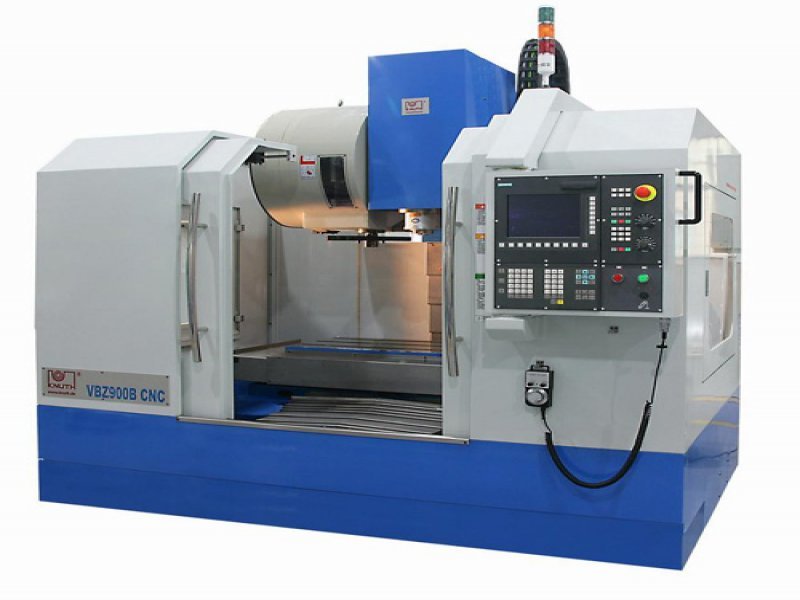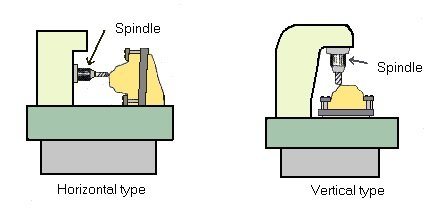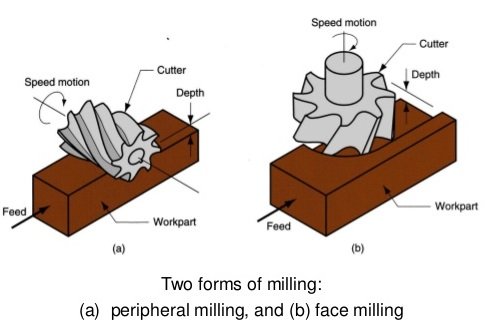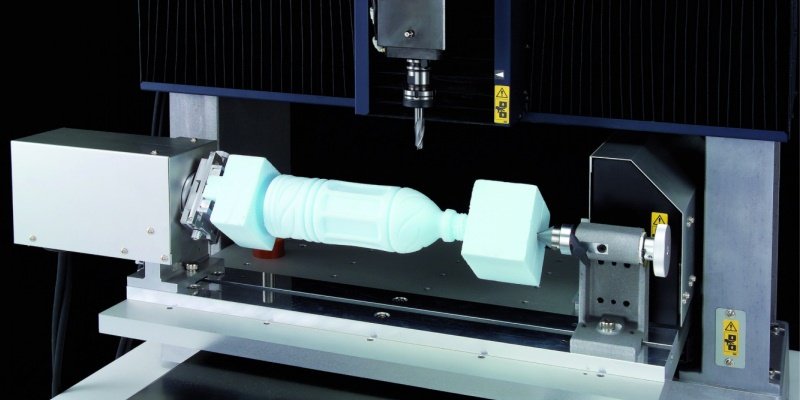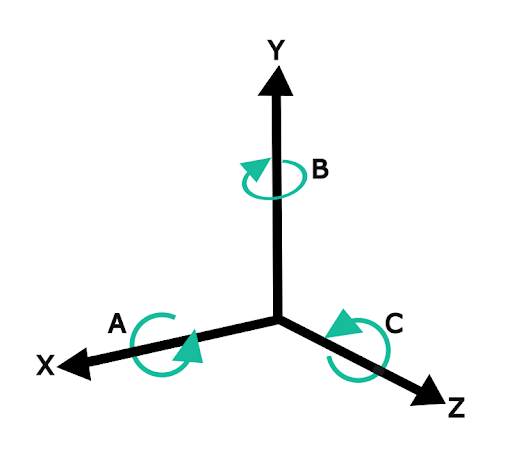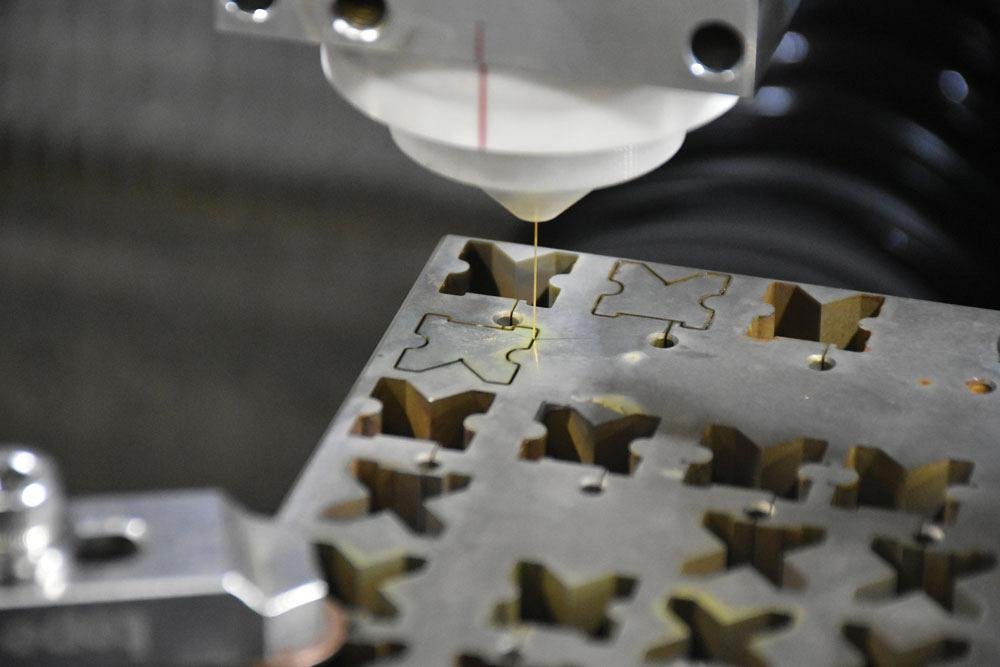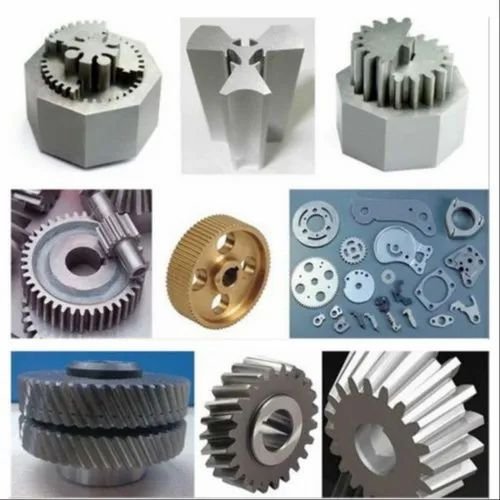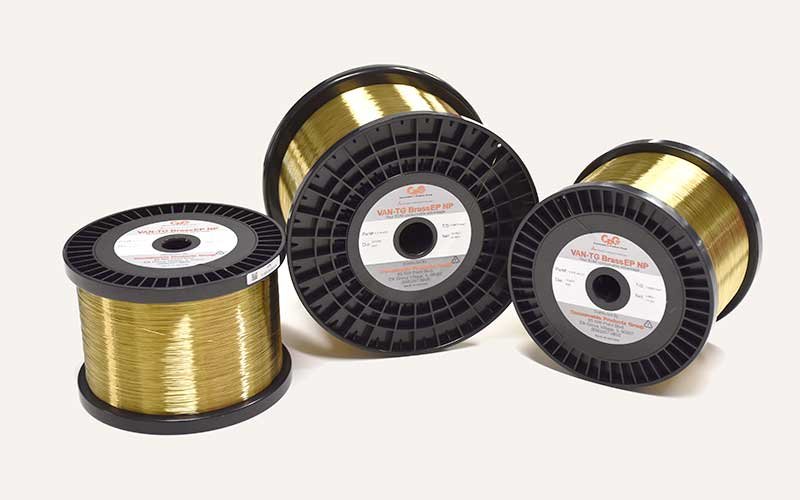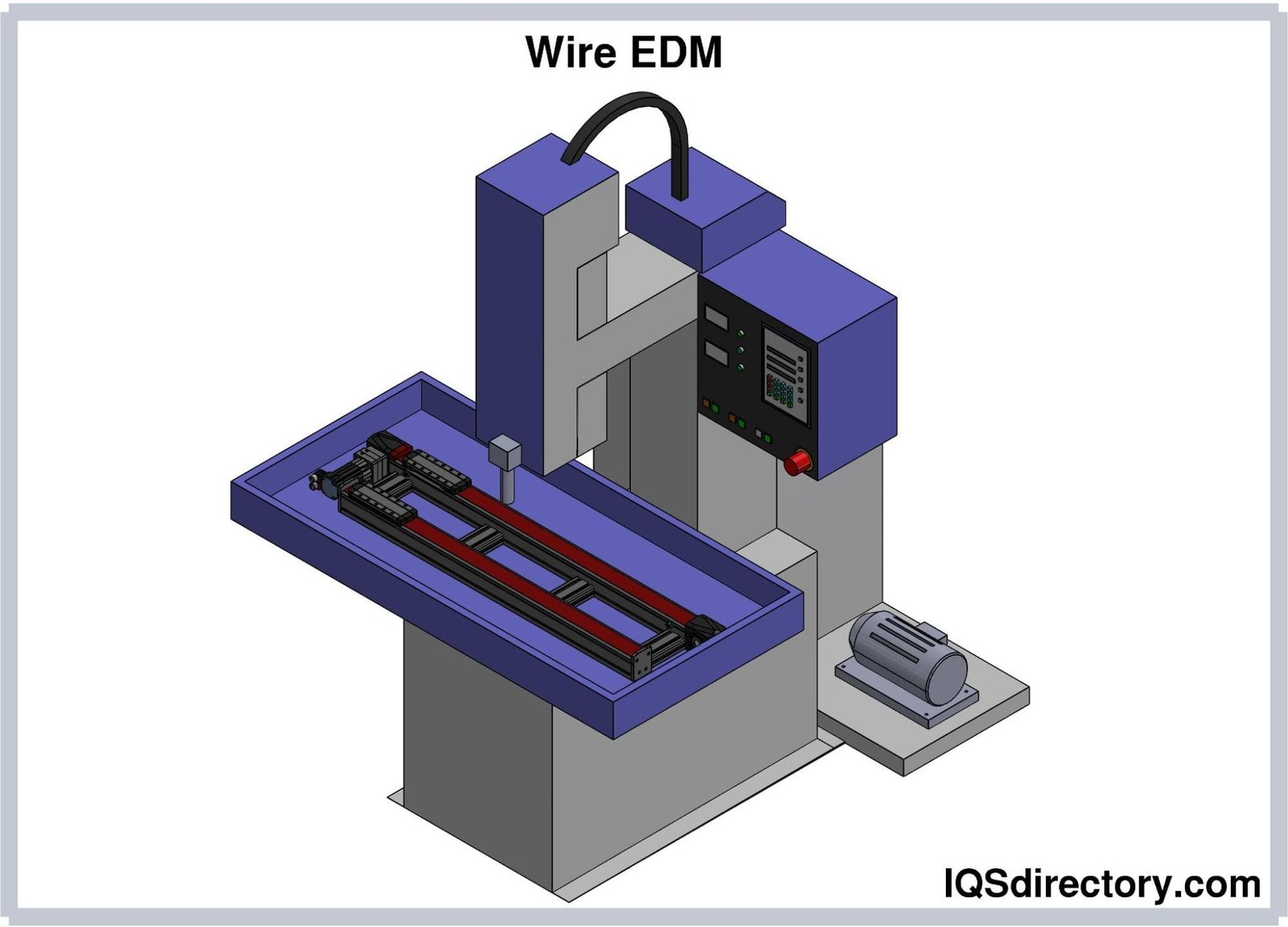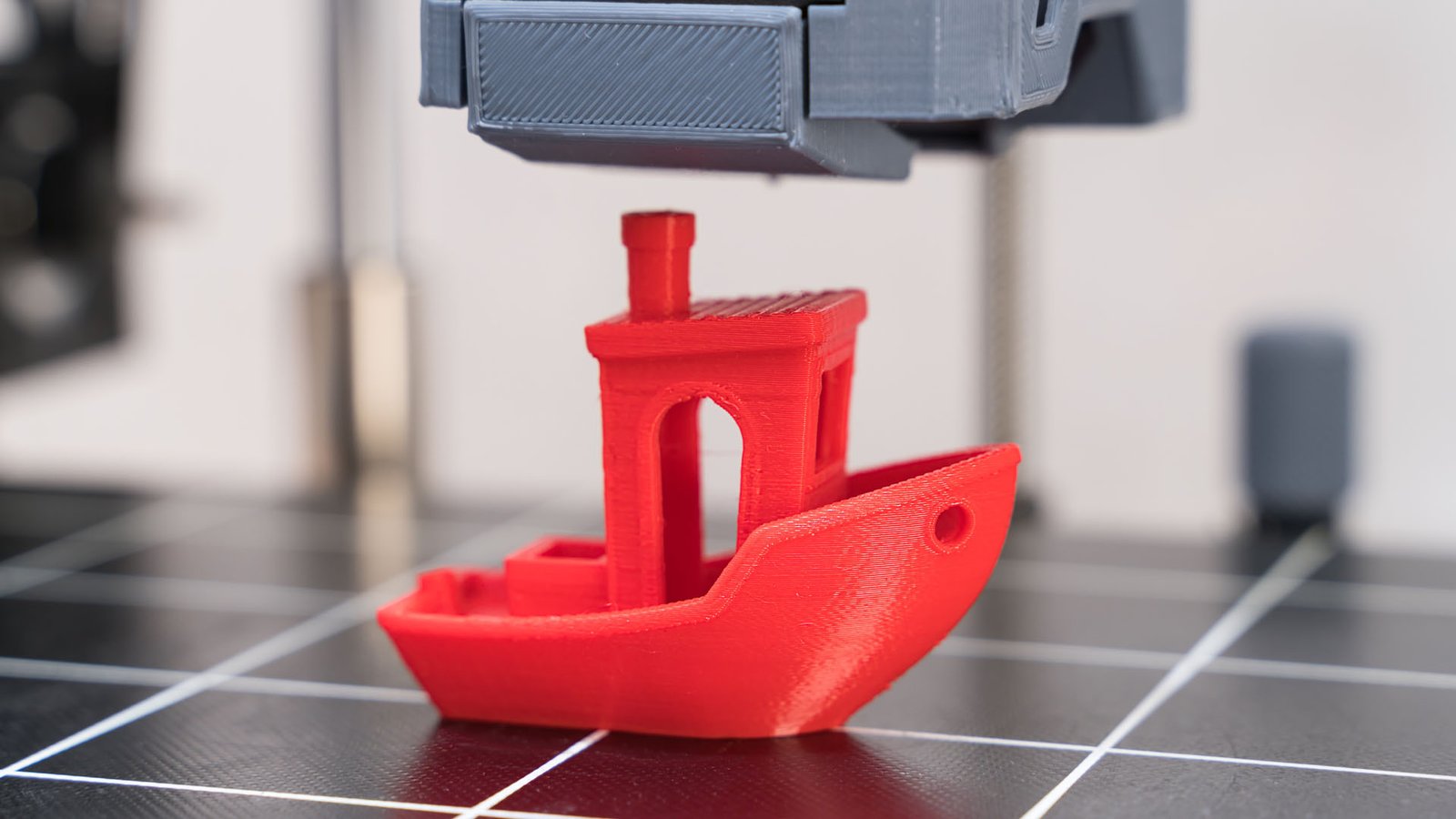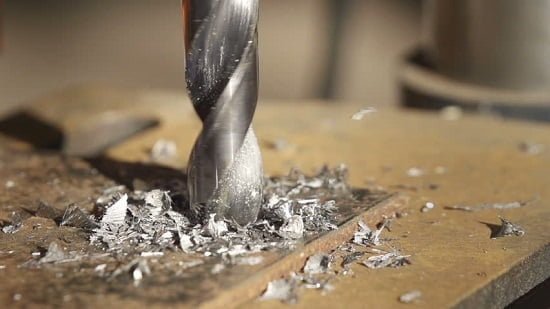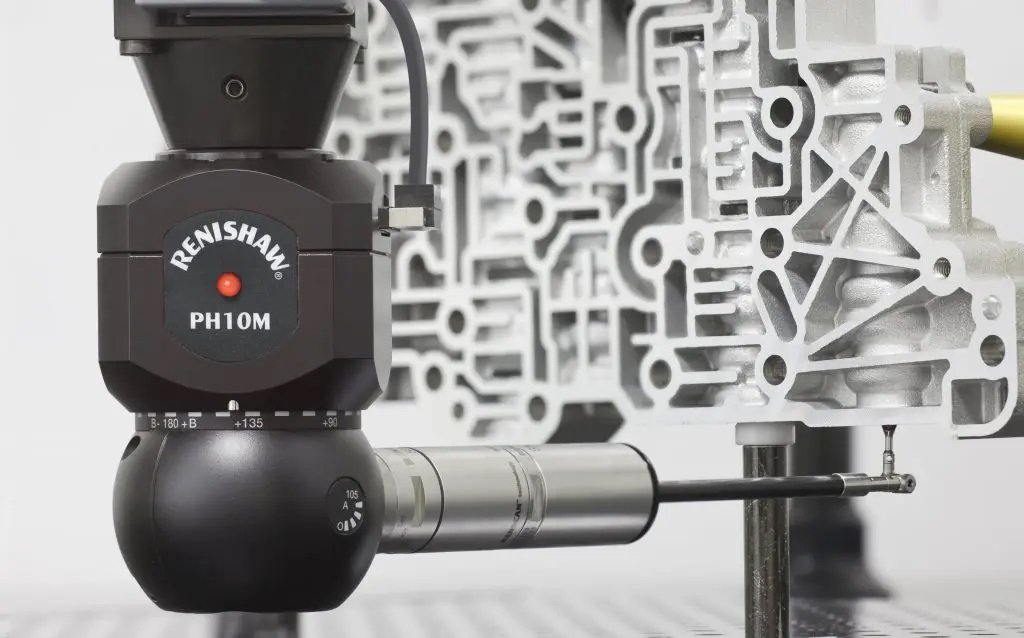what is CNC Milling?
What is CNC?
The abbreviation “Computer Numerical Control” refers to the computerized control of machine tools. These machines include a mini or microcomputer, which acts as the control unit of the device, minimizing the need for additional hardware circuits in the control unit. The computer is responsible for sending the necessary programs for cutting or engraving metals and non-metals.
In fact, all the steps of the work process and the final dimensions of the parts are sent to the machine via the computer. Therefore, CNC cutting can be considered like a robot that operates based on programming and follows your instructions. In CNC cutting machines, the program is stored in the computer’s memory, and the programmer can easily write and edit codes, programs, and requirements. The written program can be used for different parts and does not need to be repeated.
The initial idea of CNC was used in the private military helicopter manufacturing sector to advance and accelerate the work process. At that time, an American company named Parsons, in collaboration with IBM, began to mechanize this concept. They focused on how to control the movement of the machine with a computer.
John Parsons is generally called the father of numerical control. He was a machinist working in his father’s workshop. Alongside his main work, he also dealt in machine tools. In the early 1940s, following the invention of the helicopter, he received an order to manufacture helicopter propellers from Sikorsky.
In 1946, for this project, he hired Frank Stulen as the chief engineer of the helicopter parts manufacturing section in his father’s workshop. This move was the starting point in the development of CNC machines. In 1952, Richard Kegg, in collaboration with MIT, developed a CNC milling machine, the Cincinnati Milacron Hydrotel.
John T. Parsons, known as the father of numerical control, received the National Medal of Technology from President Reagan in 1985. Under the supervision of the U.S. Air Force, he managed the design and construction of the first numerical control miller.
Introduction to several methods in milling
Face milling refers to a process where the axis of the cutting tool’s rotation is perpendicular to the workpiece’s surface. This process is performed using machines where the cutting tools operate bi-directionally. Generally, this milling method is used to create flat and smooth surfaces and to produce defined lines on the workpiece. It is applicable for high-quality, precision processes. Both horizontal and vertical CNC milling machines support this method.
Simple milling, also known as flat milling or surface milling, refers to the milling operation where the axis of the cutting tool’s rotation is completely parallel to the workpiece’s surface. This process is carried out using plain milling cutters with peripheral teeth that perform the cutting operation. Depending on the type of metal application, such as the depth of the cut and the size of the workpiece, they can be used for both narrow and wide cuts. If the operator needs to remove a significant amount of material from the surface of the workpiece, they initially use a cutting tool with coarse teeth in the CNC milling machine and then smooth the surface with a fine-toothed tool.
Angular Milling
Angular milling refers to the milling operation in which the axis of the cutting tool’s rotation is at an angle relative to the surface of the workpiece. This process, based on the specific design of the cutting tool and its angle, may perform cuts at various angles. These machines are used for certain special equipment, such as gears, slot cutting, and even for producing surgical knives and regular knives. One of the features that distinguish a CNC milling machine capable of angular cutting is that it can perform cuts at angles like 45, 50, 55, and 60 degrees.
Form Milling
Form milling refers to the milling operation involving irregular surfaces, lines, grooves, as well as parts with curved and flat surfaces. In these machines, a forming cutting tool or a specialized cutting tool is used for certain specific applications. For example, cutting tools for convex, concave, round, and roller cuts are different from each other. These machines are sometimes used for drilling and milling in hemispherical and semicircular forms, which require complex machines like CNC milling machines.
Latest Articles in your inbox
Subscribe to our newsletter to get the newest manufacturing and industrial services articles in your inbox once a week.


